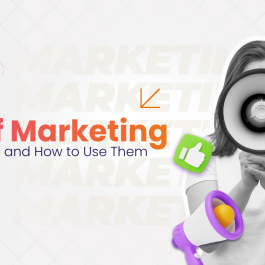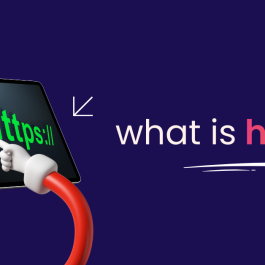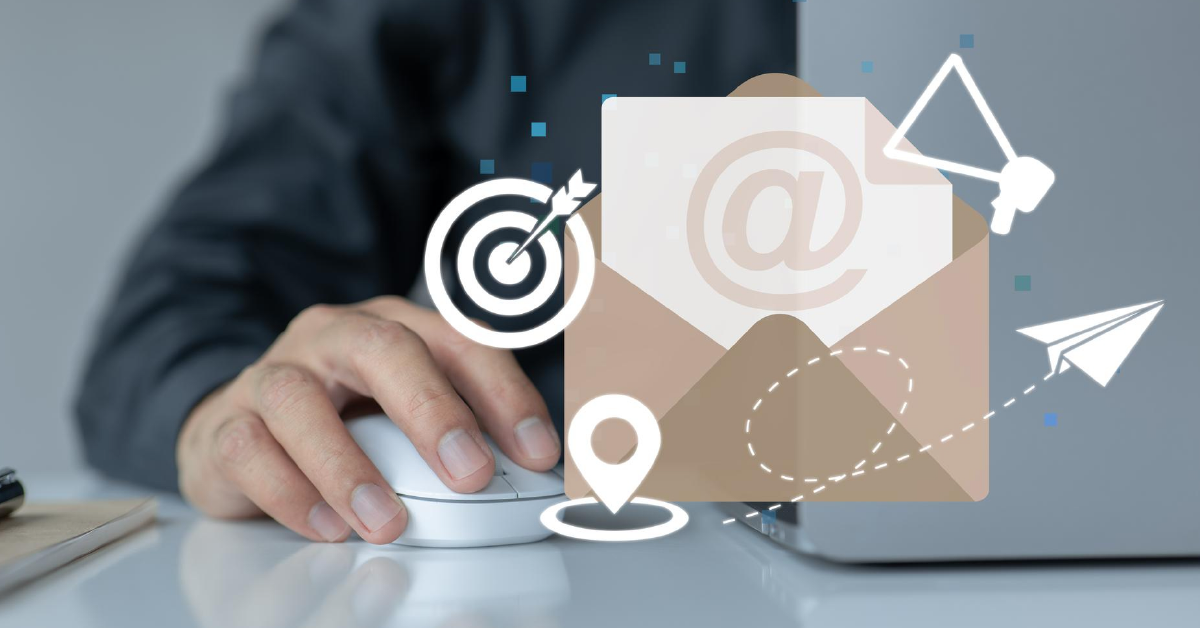5 min read
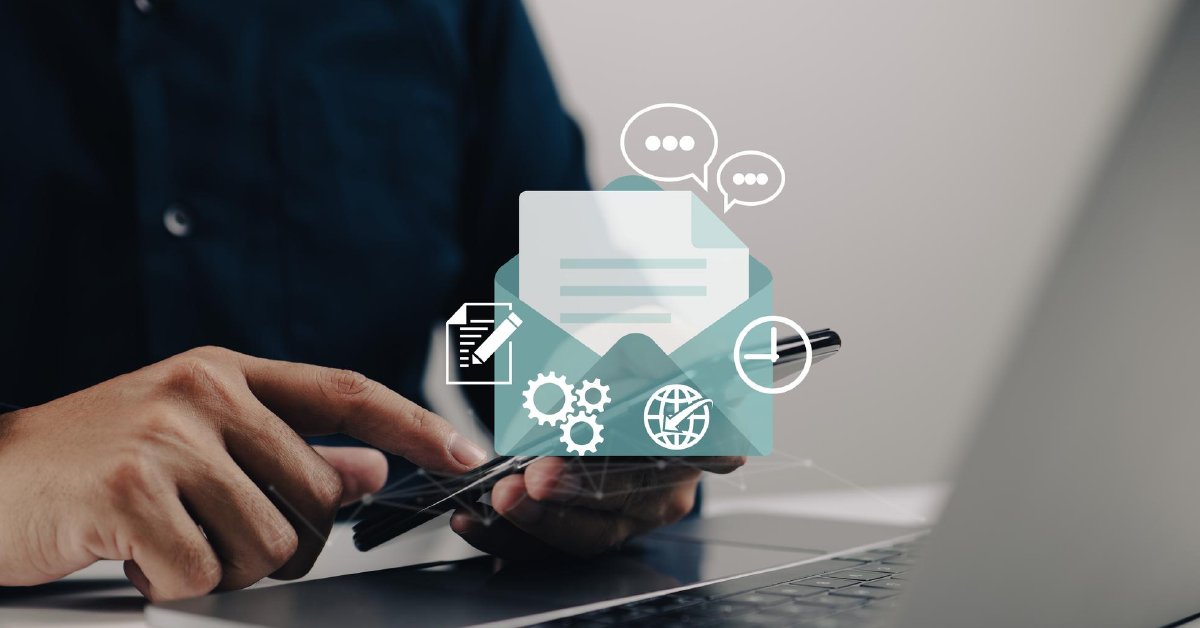
Email is still the main form of communication for both personal and professional matters in the fast-paced digital world of today. Making good email content is now a valuable skill as a result. The way you organize and present your ideas in an email marketing strategy can be extremely important, whether you are sending a simple message to a friend, a business proposal, or a job application. This blog post will examine the craft of writing effective email content and give you advice on how to make your emails more engaging and impactful.
Table of Contents
Effective Email Content and Its Importance
What makes good email content so crucial? For one thing, it can significantly affect how your message is heard and understood. Emails that are poorly written can result in misunderstandings, missed opportunities, and even relationships that are ruined. On the other hand, well-organized and interesting emails can help you accomplish your objectives, whether they be landing a job interview, concluding a business deal, or simply improving your interpersonal relationships.
Essentials for Writing Effective Email Content
-
Clearly Stated Subject Line
The subject line is your first opportunity to capture the recipient’s interest. It must give a precise and succinct summary of the email’s contents. Your email’s chances of being opened and read rise when the subject line is well-written.
-
Customization
When possible, use the recipient’s name and personalize the message by catering to their needs or interests. Emails that are personalized are more likely to be positively received and responded to.
-
Appropriate Greeting
Begin your email with a courteous and appropriate salutation. For business emails, start with “Dear [Name],” and for personal ones, use a more relaxed salutation.
-
Introduction
Set the scene for your email by starting with a succinct introduction. Clearly and succinctly describe your purpose for writing.
-
Email’s main Body
You should put your message’s main content in the body. To make the text easier to scan, use short paragraphs and bullet points. Ensure that you include all necessary details and logically organize your thoughts.
-
Precision and Conciseness
Avoid using jargon and keep your language simple. In all of your communications, be succinct and understandable. Emails that are concise and to the point are well received.
-
A Call to Action
State your desired action for the recipient in clear terms. A clearly defined CTA helps direct the recipient’s actions, whether it be responding to your email, setting up a meeting, or making a purchase.
-
Professional Tone
In business emails, make sure to be polite and professional. Adapt your tone in personal emails to the relationship you have with the recipient.
-
Proofreading
For grammar and spelling errors, always proofread your emails. A professionally written email demonstrates attention to detail and professionalism.
-
Signature
Put a polite closing at the end of your email, like “Sincerely,” and include your name and contact information. A signature gives a document a more personalized feel.
-
Document Formatting and Attachments
Ensure that any attachments you include are pertinent and clearly labeled. Be mindful of formatting, and only occasionally emphasize important points with bold or italics.
-
Optimizing for Mobile Devices
Make sure your emails are responsive and mobile-friendly with readable fonts because many people check their emails on mobile devices.
Guidelines for Success
- Know Your Audience: Understand the preferences and expectations of your recipients. Tailor your emails accordingly.
- A/B testing: Try out various subject lines, email structures, and CTAs to see which ones your audience responds to the best.
- Follow-up: If you do not hear back, consider sending a cordial follow-up email. Emails occasionally disappear in crowded inboxes.
- Employ Templates Carefully: While email templates can save time, make sure to modify them to the recipient’s and context’s particular requirements.
- Respect Privacy and Consent: Before sending an email to someone for marketing or promotional purposes, make sure you have their consent.
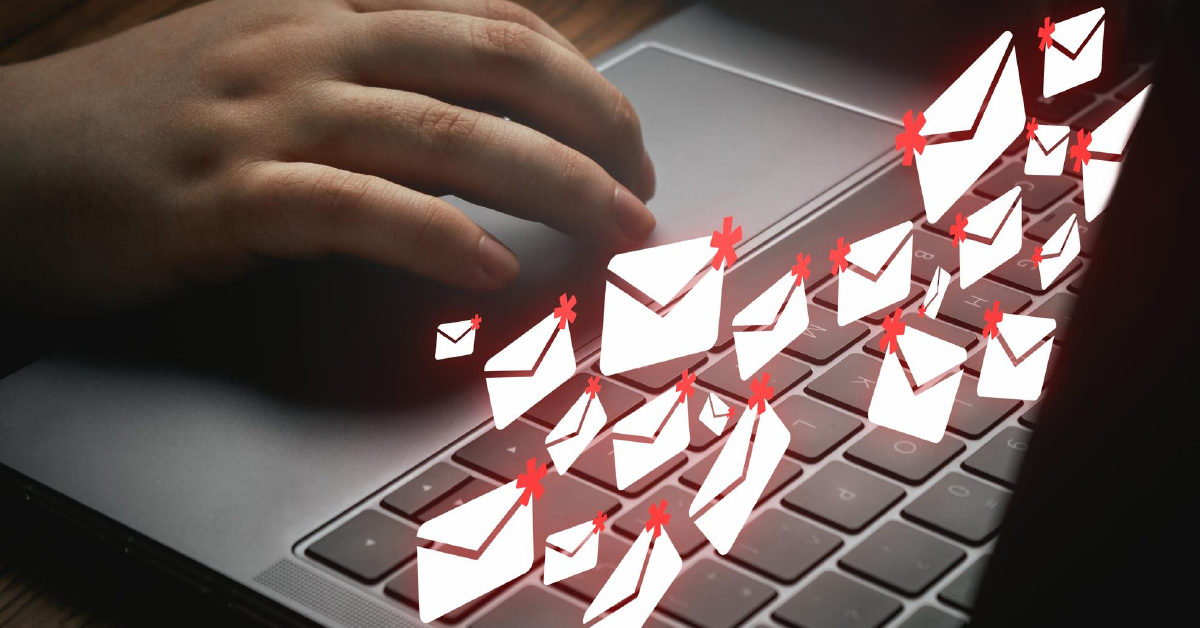
Guidelines for Conducting Business Ethics
Excellence in email marketing service is characterized by ethics, not by its absence. Since its inception, this guiding principle has been applied to the field of digital marketing, where morality and accountability are crucial. In addition to meeting legal requirements, ethical email marketing increases credibility and trust. Here is a list of some basic ethical guidelines and best practices:
-
Permission-Based Marketing: The Principle of Consent
Prior to sending marketing emails, always get the recipient’s express permission. With this opt-in strategy, you can be sure that the people you are communicating with have a genuine interest in your services. Tools can help with effective subscription management, something that B2B content marketing strategies for tech companies have highlighted.
-
The Clarity Commitment to Transparency
Describe yourself, what you have to offer, and why you are reaching out with clarity and honesty. Deceptive subject lines or hidden agendas will damage trust. In order to build trust and credibility, our email specialists placed a strong emphasis on transparency in political email campaigns.
-
Privacy Compliance: Legal Environment
It is crucial to follow regulations like GDPR, CAN-SPAM, and CASL. It entails offering straightforward unsubscribe options, promptly granting opt-out requests, and safeguarding subscriber data. In order to guarantee worldwide compliance across various sectors, we implemented OneTrust.
-
Time and Preference Respect: The Considerate Approach
Stop people from getting too many emails from you, and provide preference centers so they can select the type and frequency of emails. As we can see in the e-commerce and sports betting industries, engaging audiences can be increased by tailoring your communication to their preferences.
-
The Creed of the Content: Quality Over Quantity
Instead of only including sales pitches in your emails, include real value. An engaging subscriber experience is facilitated by educational content, insider information, and pertinent offers. By utilizing tools like Contently, you can frequently advise startups and businesses that are growth-oriented to prioritize quality content.
-
Authenticity: The True Gesture
Be genuine in all of your interactions. Make use of honest product or service descriptions, dependable endorsements, and real testimonials. Your email campaigns can gain credibility and dependability by incorporating the real-world successes of lesser-known businesses like FarmHub.
-
Keep track and act: The Responsive Ritual
Communication through email marketing is two-way. Monitor comments, answer questions, and interact with your audience. As you can see from our work with non-profit organizations, a responsive approach fosters relationships.
In email marketing solutions, ethical considerations and best practices are more than just boxes to check; they are guiding principles. They give your brand personality, build your brand reputation, and bolster your connections with subscribers.
Conclusion
Finally, in the current communication environment, mastering the art of effective email content is a valuable skill. You can increase the impact and effectiveness of your emails, whether you are reaching out for personal or professional reasons, by paying attention to the key components and suggestions described in this blog post. Keep in mind that a well-written email can help you get what you want by opening doors, developing relationships, and more.
Published: October 18th, 2023
